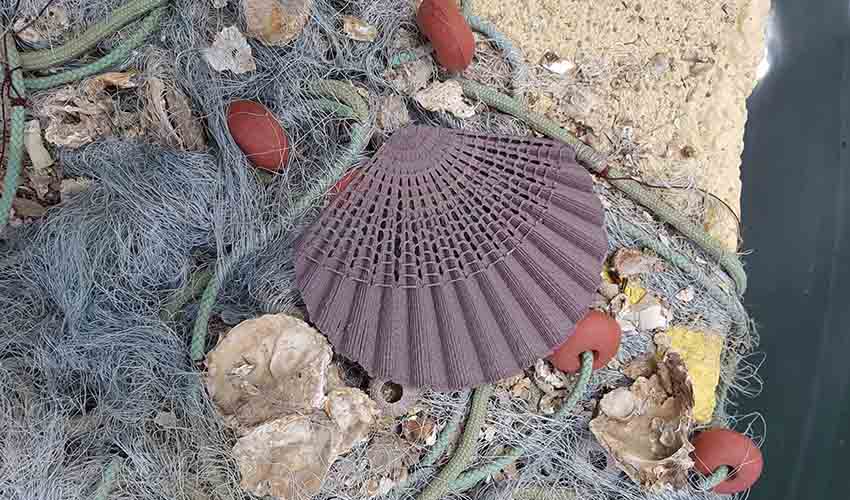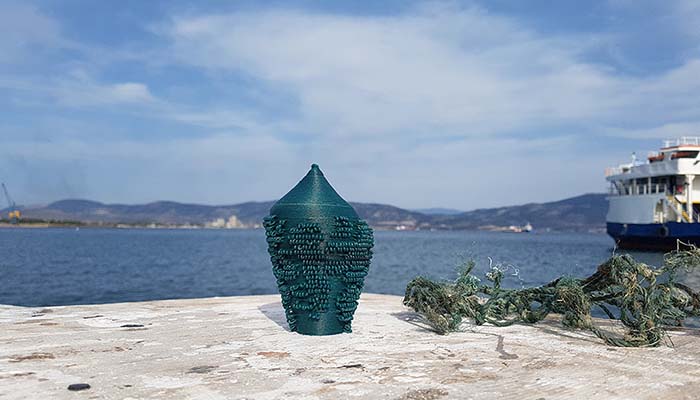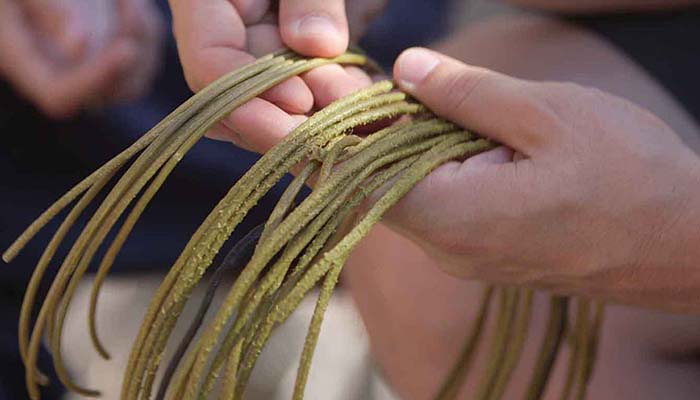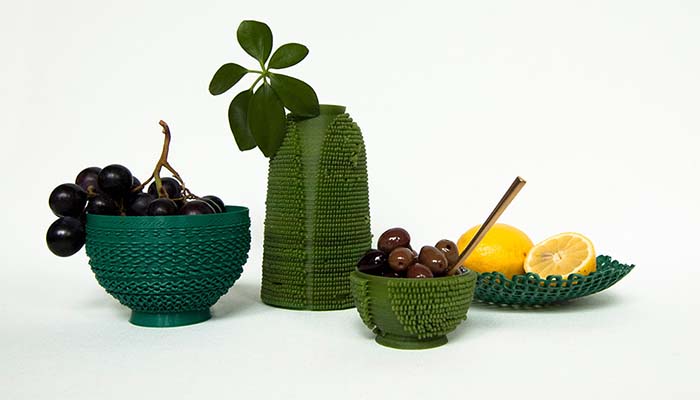Second Nature: giving marine plastic a second life thanks to 3D printing

Second Nature is a new project from The New Raw that aims to raise awareness of the environmental issues of plastic pollution and the corresponding challenges of wildlife preservation caused by abandoned fishing nets. Once again, The New Raw is combining 3D printing technologies with environmental initiatives – the research and design studio has always been focused on recycling plastic waste with the use of additive manufacturing as it has demonstrated with previous projects such as: Print Your City, Zero Waste Lab, etc. This time around, Second Nature focuses on transforming ghost nets into a series of digitally crafted seashells and various other objects.

Photography: Marily Konstantinopoulou, Javier Sirvent | The New Raw
Panos Sakkas and Foteini Setaki, the two founders of The New Raw commented, “Plastic is a major contributor to the pollution of the seas. However, living in urban regions, we tend to forget about our dependence on the sea, which is crucial to our food and oxygen supply. With Second Nature, we want to give plastic a second life.” In fact, the project debuted in Greece with the local fishermen and divers of the area – they would go diving to collect the discarded synthetic fishing nets at the bottom of the sea. These nets, also known as ghost nets, are very deadly as they trap fish and other living creatures as long as they remain on the seabed.
The use of 3D printing
In the small Greek village of Galaxidi, The New Raw set up their mobile 3D printing and recycling lab to transform marine plastic into a raw material for a new circular economy. In order to do this, the designers classified the ghost nets according to different material types: nets, ropes, floaters and weights. Following this, the different material types were processed in the grinder and extruded into colourful and textured filaments for 3D printing.

Photography: Marily Konstantinopoulou, Javier Sirvent | The New Raw
The project studied five edible species of Mediterranean seashells, currently protected due to their intensive fishing: Mitra Zonata, Pecten Jacobeaus, Pinna Nobilis, Strombus Persicus, and Tonna Galea. These seashells inspired the design of the textured surface of the 3D printed objects. Finally, Second Nature is an ongoing research project and a new collection of objects will come this summer to showcase the design and manufacturing opportunities thanks to recycled plastic.

Photography: Marily Konstantinopoulou, Javier Sirvent | The New Raw
You can find more information on The New Raw’s website HERE.
What do you think of this new initiative from The New Raw? Let us know in a comment below or on our Facebook and Twitter pages! Sign up for our free weekly Newsletter, all the latest news in 3D printing straight to your inbox!






